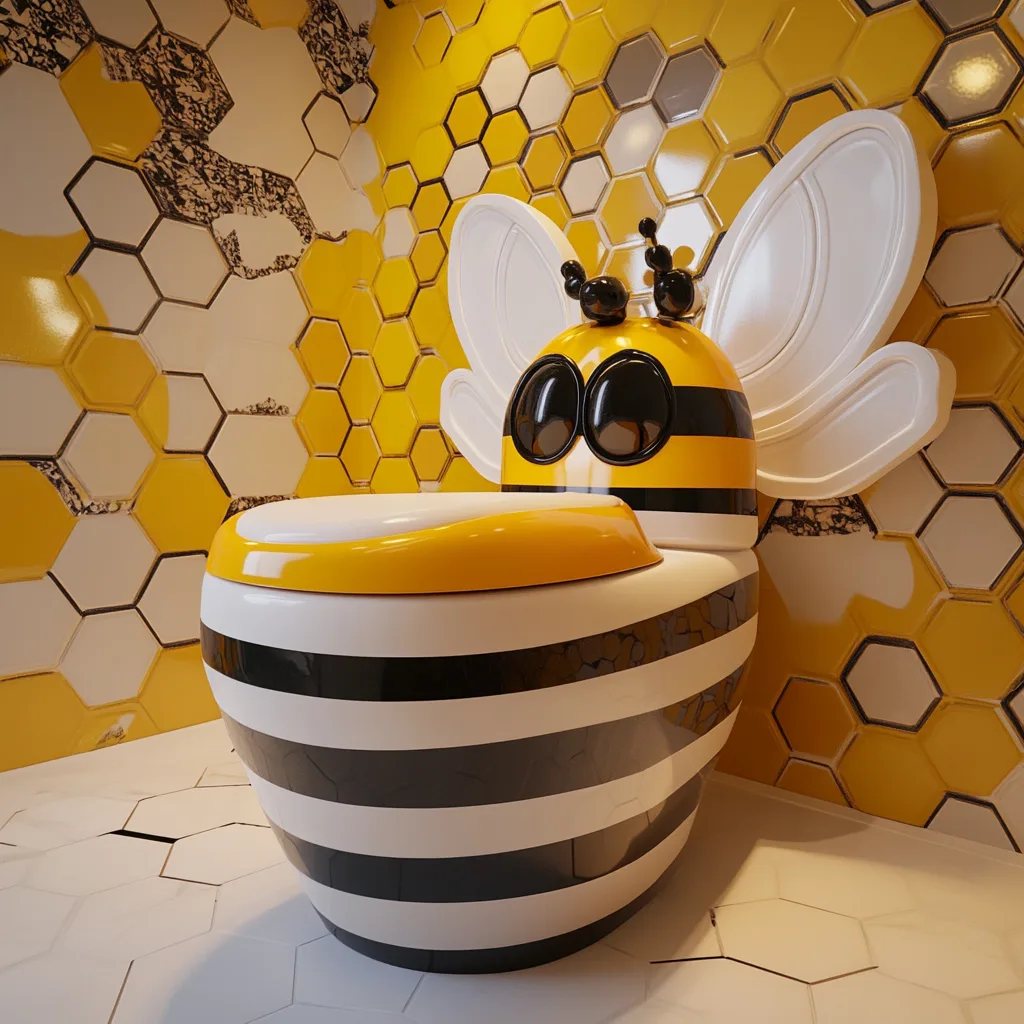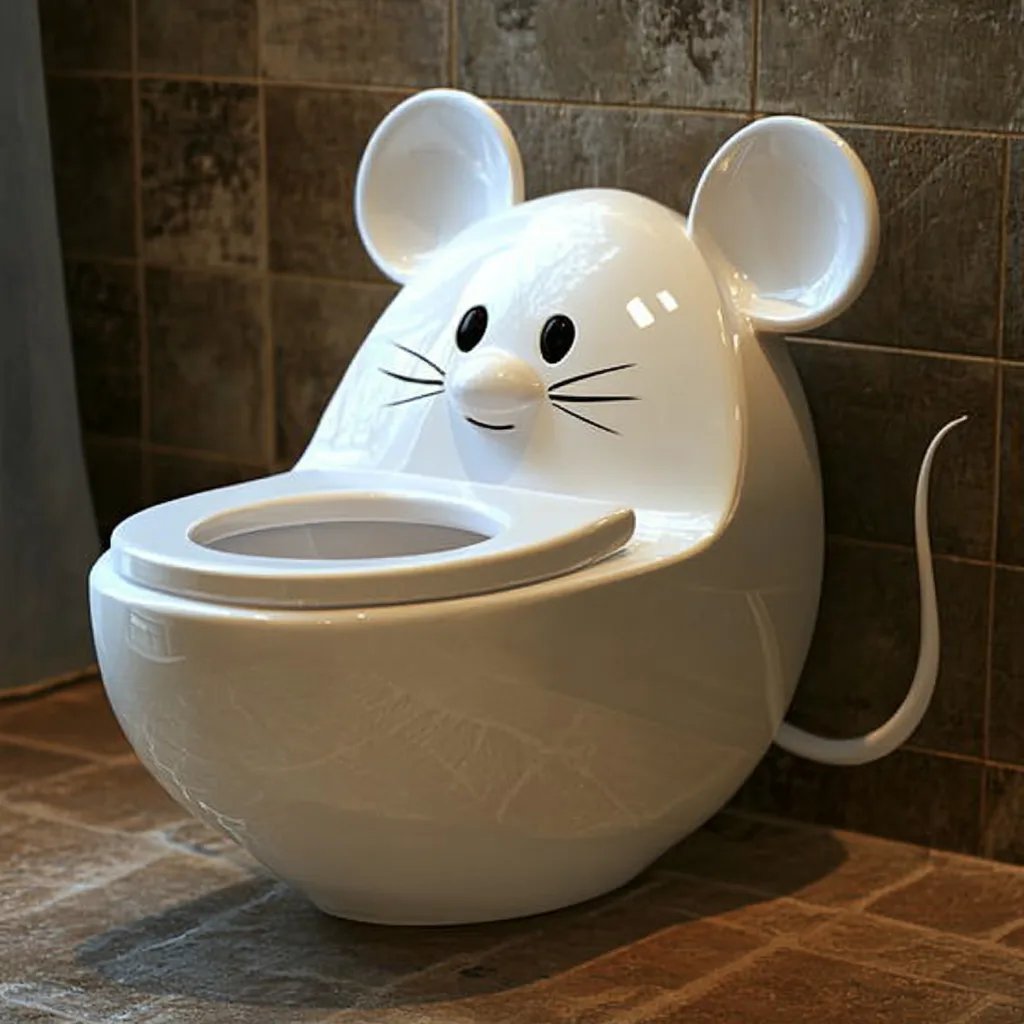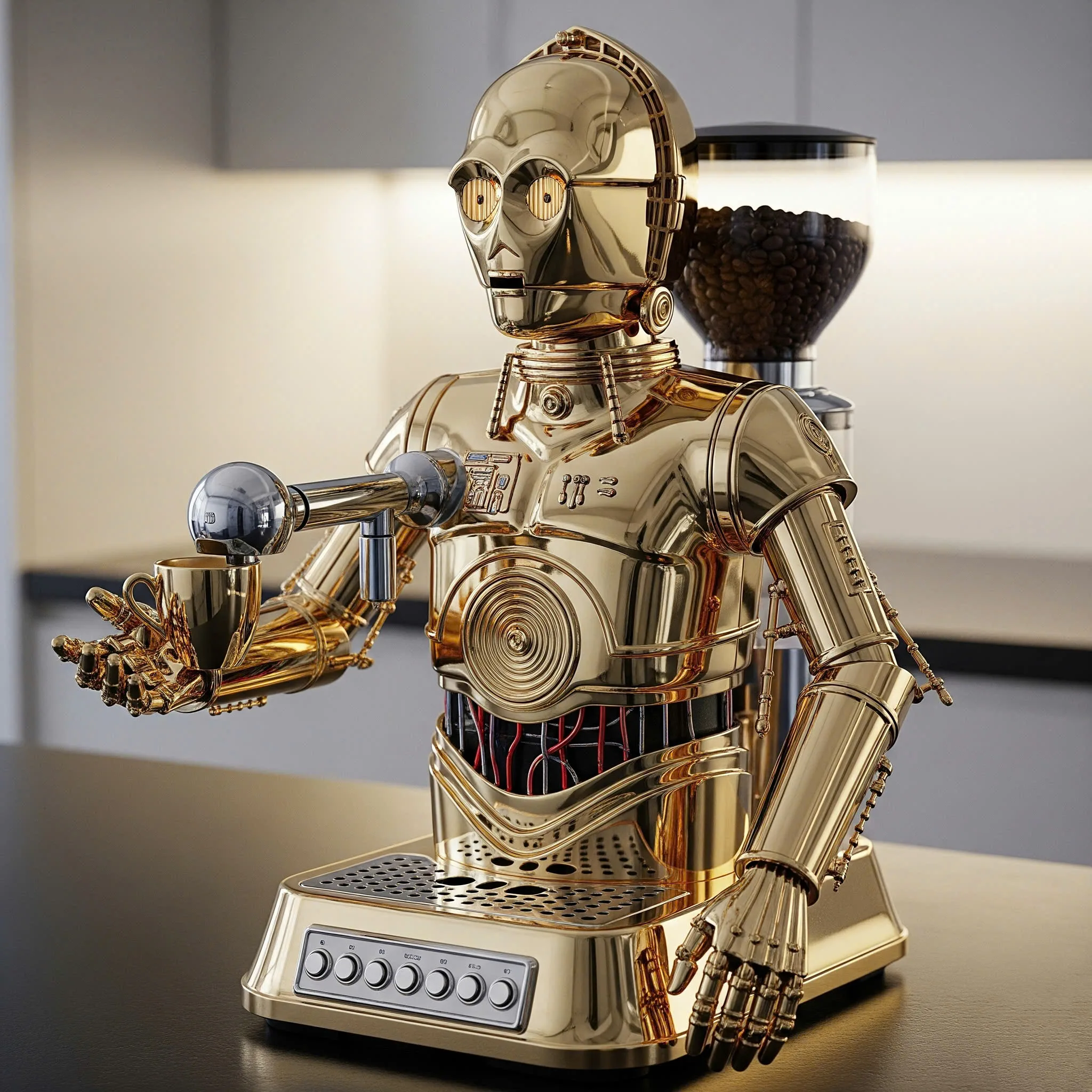The Concept and Importance of Insect Toilets
In an era where sustainability and ecological conservation are top priorities, the idea of Insect Toilets is gaining attention as an innovative solution for waste management. These toilets use insects—mainly larvae and other decomposing organisms—to process human waste efficiently, breaking it down into nutrient-rich compost and reducing environmental impact.
The need for eco-friendly sanitation systems has never been greater. Traditional sewage systems often consume vast amounts of water, energy, and chemical treatments, while open defecation and inadequate waste disposal contribute to health hazards, pollution, and waterborne diseases. Insect Toilets offer an alternative approach that is not only efficient and cost-effective but also plays a crucial role in advancing circular economy principles by converting waste into valuable resources.
In this article, we will explore:
- What Insect Toilets are and how they work
- The types of insects used in these systems
- Environmental and economic benefits of Insect Toilets
- Challenges and considerations in implementing this technology
- Real-world applications and future potential
By the end, you will understand how Insect Toilets could revolutionize sanitation, agriculture, and waste management, making them an essential tool for a sustainable future.
The Science, Benefits, and Challenges of Insect Toilets
1. What Are Insect Toilets and How Do They Work?
Insect Toilets are biological sanitation systems where specific insects—typically decomposer species—help break down and transform human waste into usable byproducts. These toilets do not rely on water flushing or chemical treatment, making them an eco-friendly alternative to conventional toilets.
a) The Basic Mechanism of Insect Toilets
- Waste Collection
- Instead of flushing, waste is directed into a containment unit where insect larvae or decomposing organisms reside.
- Insect-Based Decomposition
- The insects, such as black soldier fly larvae (BSFL) or mealworms, rapidly consume and break down organic matter.
- These larvae digest waste efficiently, reducing its volume by 70–90%.
- Nutrient Extraction
- The remaining byproducts—insect frass (larvae feces) and biomass—can be used as fertilizers, compost, or even livestock feed.
- Minimal Waste Output
- Unlike traditional toilets, where waste requires sewage treatment and disposal, Insect Toilets leave minimal residue, making them highly sustainable.
b) Key Components of Insect Toilets
- A secure waste collection chamber (prevents odors and pests).
- Insect colony for decomposition (BSFL, mealworms, earthworms, etc.).
- Ventilation system to control moisture and air circulation.
- Compost retrieval system for harvesting usable byproducts.
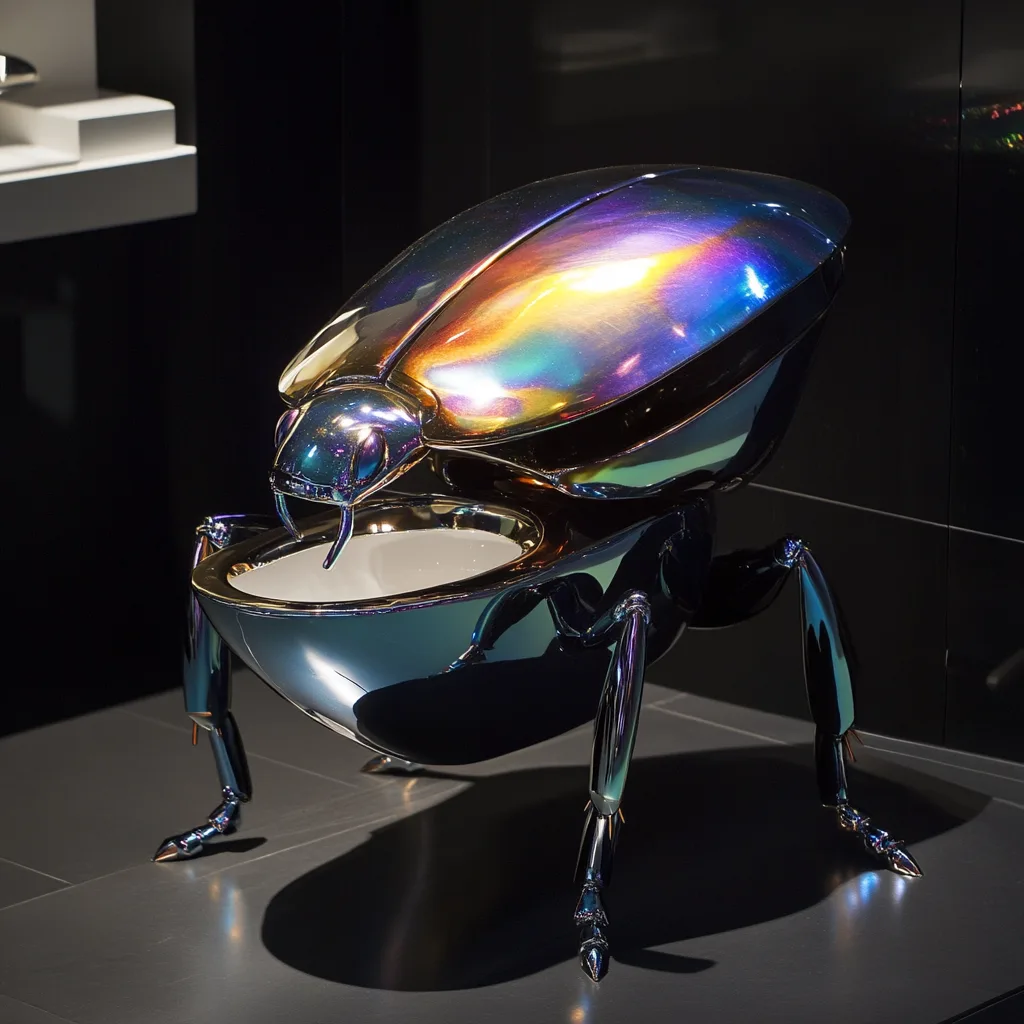
2. Types of Insects Used in Insect Toilets
Different insect species serve specific roles in breaking down waste and converting it into useful byproducts.
a) Black Soldier Fly Larvae (BSFL)
- One of the most effective decomposers for organic waste.
- Can process large amounts of human and food waste in a short time.
- Their byproducts serve as high-protein feed for livestock and aquaculture.
b) Mealworms
- Thrive in dry waste environments.
- Efficient at digesting fibrous waste material.
- Produce nutrient-rich frass compost for soil enrichment.
c) Earthworms (Vermicomposting)
- Used in combination with other insects for enhanced waste breakdown.
- Convert organic waste into worm castings (vermicompost), a superior fertilizer.
d) Dung Beetles
- Efficient at burying and decomposing fecal matter in soil.
- Help improve soil aeration and prevent odor accumulation.
Each species plays a unique role in decomposition, nutrient cycling, and waste reduction, making Insect Toilets an effective and scalable solution.
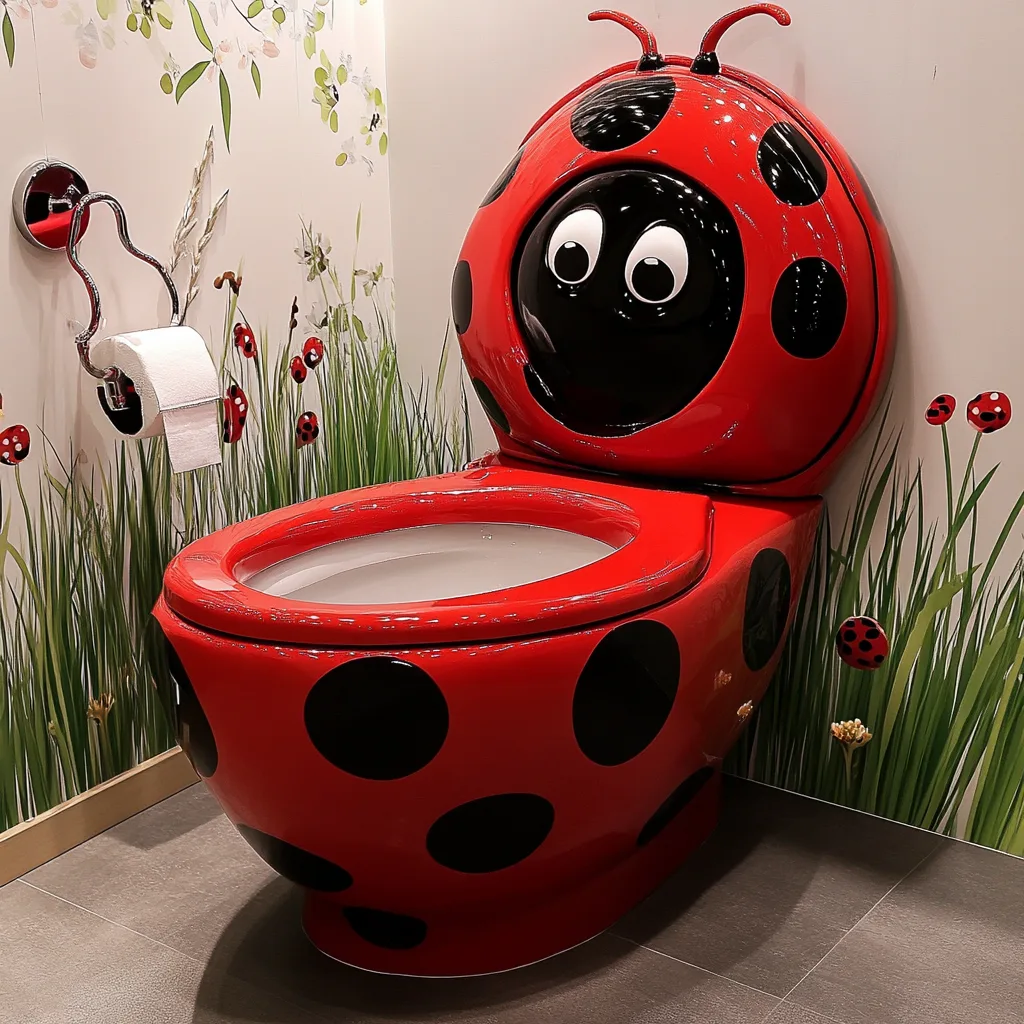
3. Environmental and Economic Benefits of Insect Toilets
The benefits of Insect Toilets extend beyond waste reduction—they contribute to environmental conservation, economic development, and sustainable agriculture.
a) Reduction of Water Consumption
- Traditional toilets require several liters of water per flush, whereas Insect Toilets operate without water, saving millions of gallons annually.
b) Minimal Energy and Infrastructure Costs
- Unlike sewage treatment plants that demand high energy consumption, Insect Toilets operate with minimal infrastructure and maintenance.
- Ideal for rural and off-grid areas where water and electricity are scarce.
c) Waste-to-Resource Conversion
- Human waste is transformed into compost, fertilizers, and livestock feed, contributing to sustainable agriculture and food security.
- Insect larvae produced in the system can be used in poultry, fish farming, and pet food industries, creating economic opportunities.
d) Reduction of Greenhouse Gas Emissions
- Conventional waste treatment releases methane and other greenhouse gases.
- Insect-based decomposition emits significantly lower carbon emissions, reducing environmental impact.
e) Improved Hygiene and Public Health
- Reduces exposure to pathogens found in untreated waste.
- Provides a sanitary alternative to open defecation, particularly in developing regions.
These advantages make Insect Toilets an essential innovation in the global movement towards sustainable and eco-conscious sanitation systems.
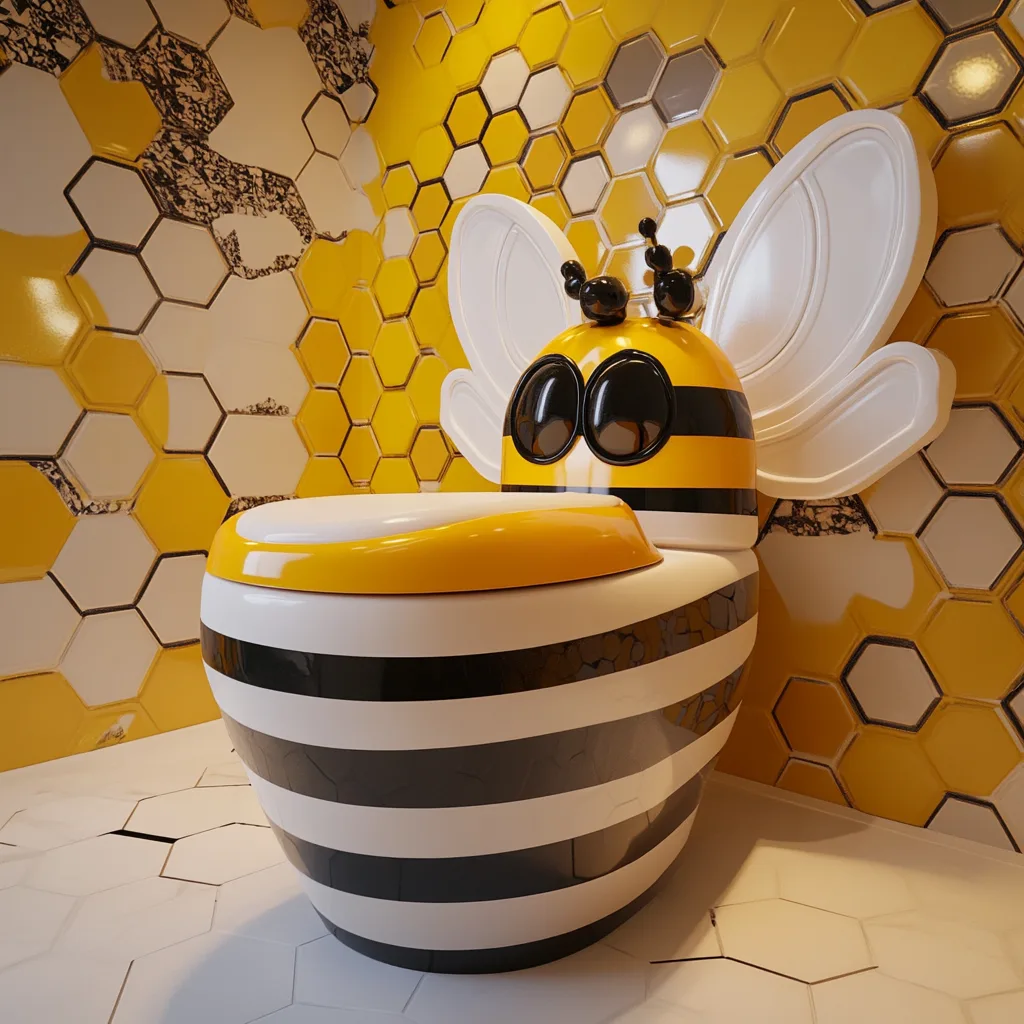
4. Challenges and Considerations in Implementing Insect Toilets
Despite their many benefits, Insect Toilets face several challenges that need to be addressed for widespread adoption.
a) Cultural and Psychological Barriers
- Many people associate insects with filth and disease, making it difficult to accept insect-based waste management.
- Awareness campaigns and education about the benefits of insect-based decomposition are crucial.
b) Climate and Environmental Limitations
- Certain insect species require specific temperature and humidity levels to thrive.
- Cold climates may slow down the decomposition process, necessitating additional heating systems.
c) Proper Waste Management Regulations
- Some governments have strict regulations on human waste processing.
- Policies must be updated to accommodate insect-based waste management technologies.
d) Maintenance and Monitoring
- Regular insect colony management is needed to ensure optimal waste breakdown.
- Proper aeration and moisture control prevent bad odors and pest infestations.
Addressing these challenges through research, policy adjustments, and education will help mainstream Insect Toilets as a viable sanitation solution.
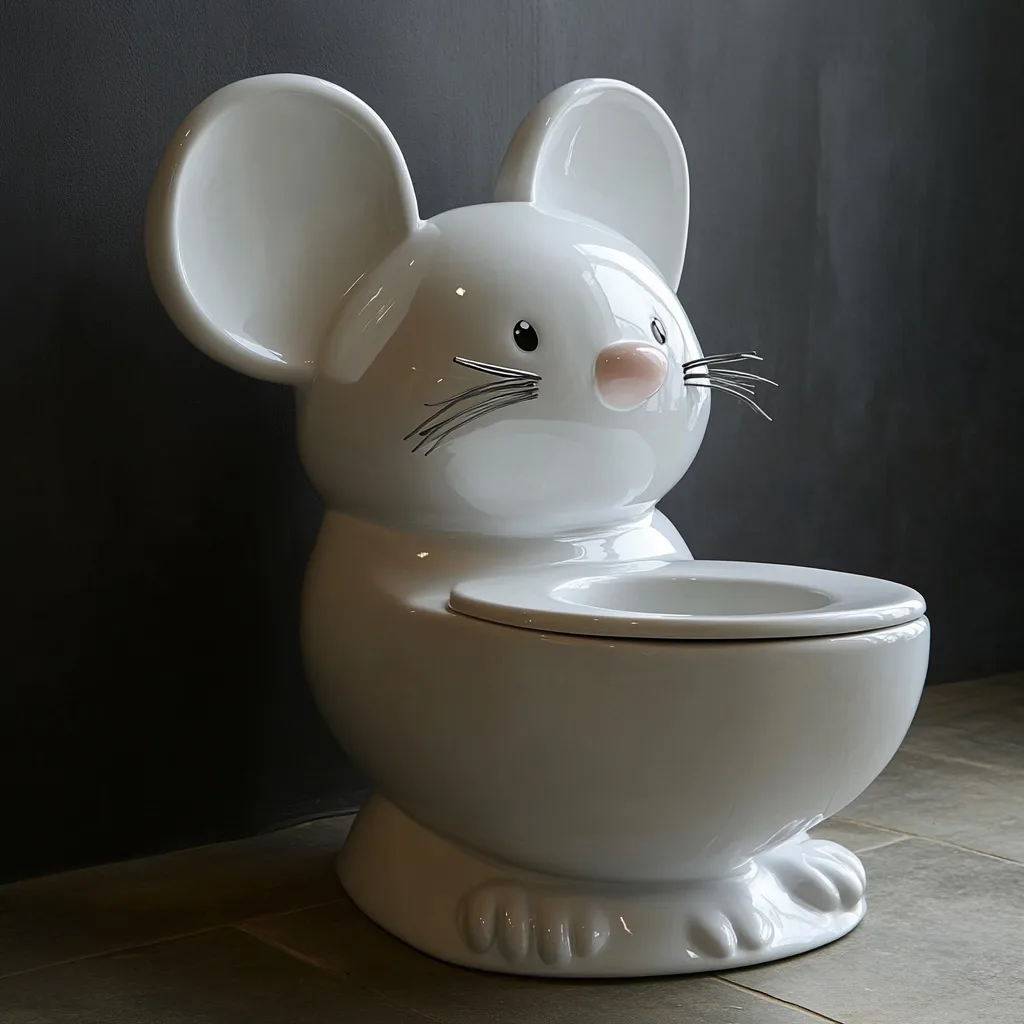
5. Real-World Applications and Future Potential of Insect Toilets
a) Use in Rural and Underserved Communities
- Insect Toilets are being introduced in regions lacking proper sewage infrastructure, providing a low-cost and sustainable sanitation solution.
b) Integration into Smart Cities and Sustainable Homes
- Some eco-conscious cities and off-grid communities are testing Insect Toilets as part of sustainable housing projects.
c) Agricultural and Commercial Use
- Farmers are adopting Insect Toilets for composting and generating feed for livestock.
- Hotels and eco-tourism resorts are integrating insect-based sanitation systems to promote green practices.
d) Scientific Research and Innovation
- Ongoing studies are improving insect decomposition efficiency, optimizing waste-to-resource conversion, and scaling up the technology.
As technology advances, Insect Toilets could become a standard feature in modern eco-friendly sanitation.

The Future of Sustainable Sanitation with Insect Toilets
The concept of Insect Toilets represents a paradigm shift in waste management—from pollution-causing sewage systems to nature-driven, sustainable decomposition. By harnessing the power of insects, we can turn human waste into valuable resources, reduce water consumption, and create a healthier, cleaner world.
With continued innovation, investment, and public acceptance, Insect Toilets have the potential to revolutionize global sanitation, support regenerative agriculture, and contribute to a more sustainable future. It’s time to embrace nature’s most efficient recyclers and rethink how we manage waste—the future of sanitation is insects. 🪲♻️🚽
